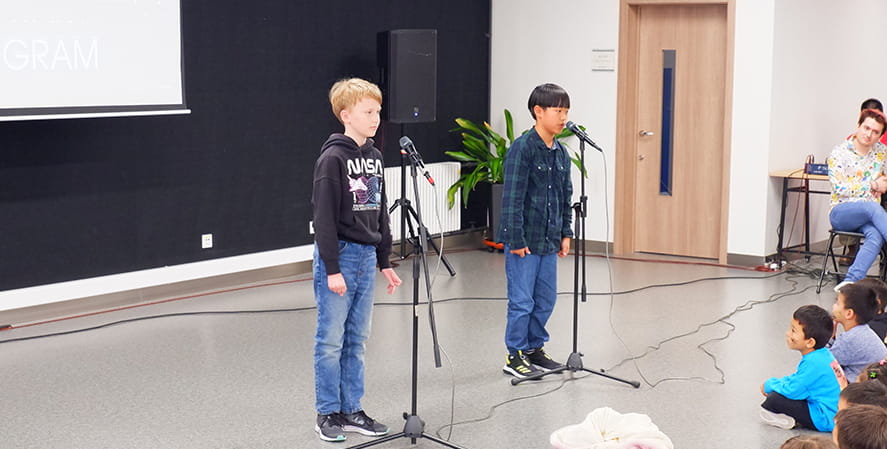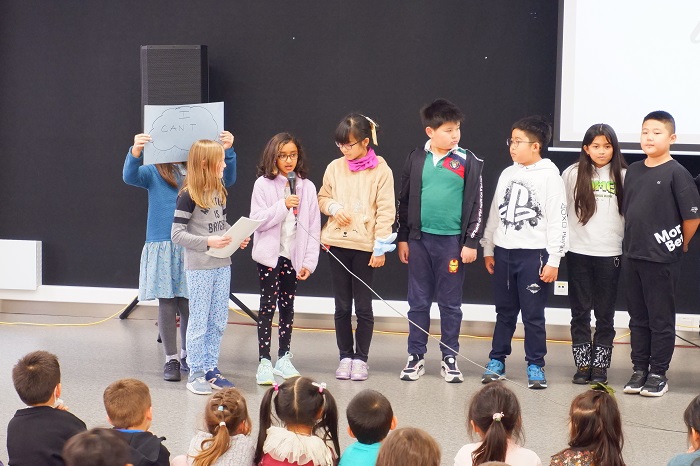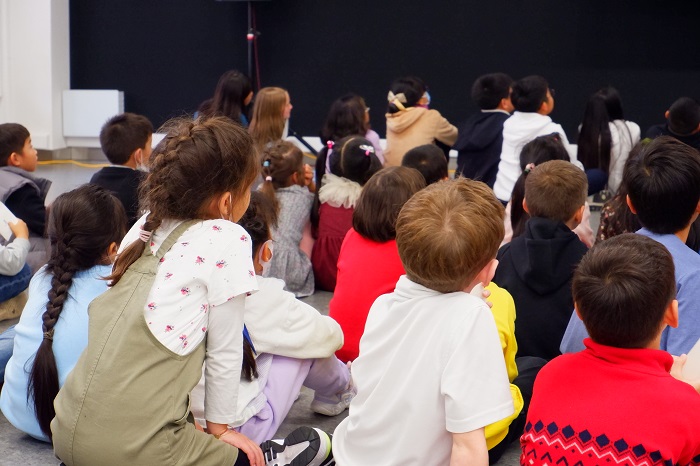We use cookies to improve your online experiences. To learn more and choose your cookies options, please refer to our cookie policy.
Open Days
Register for our Open Day

On Friday, November 5th DAIS-E students from Grade 5 hosted the first Community Time of the academic year. Due to a COVID outbreak in Dalian, we have made the decision to close the event to outside guests. Our students performed for their classmates, and we recorded the whole Community Time for families and friends to enjoy the show remotely.
Grade 5 students guided us through steps of the designing process (Ask, Imagine, Plan, Create, Test, Share, and Repeat) and introduced Community Time performances along the way.
Pre-K and their music teacher Mr. Reyna sang a song in Spanish about a spider. Then kindergarten students performed a beautiful song in Mandarin and gave a shout-out to their families. Grade 1 presented about their home countries and diverse cultures around the world. 4th grade presentation was named “Stop Your Stinkin’ Thinkin’.” Students gave us some good advice how to turn your cannots into cans and stop your negative self-talk. Grade 2 students talked about how to solve problems on the playground and shared many good ideas. Next up, the awesome third graders presented a video about acquired and inherited traits.

The whole event was a huge success!
The theme of this event was the Design Process:
You may want to repeat all steps of the design process to make sure your project is perfect and ready to go.

This year DAIS and DHS elementary will be taking part in an exciting design and STEAM challenge. Students, their parents, and the teachers will have to use their creativity, their building skills, their science skills, and their critical thinking skills to be successful with Mr. Newton’s challenge.
The challenge this year will be our “Mission to Mars”. The details are top secret and will be revealed in class at the start of the ceremony. You will receive an invitation with the time and location for you to join us!